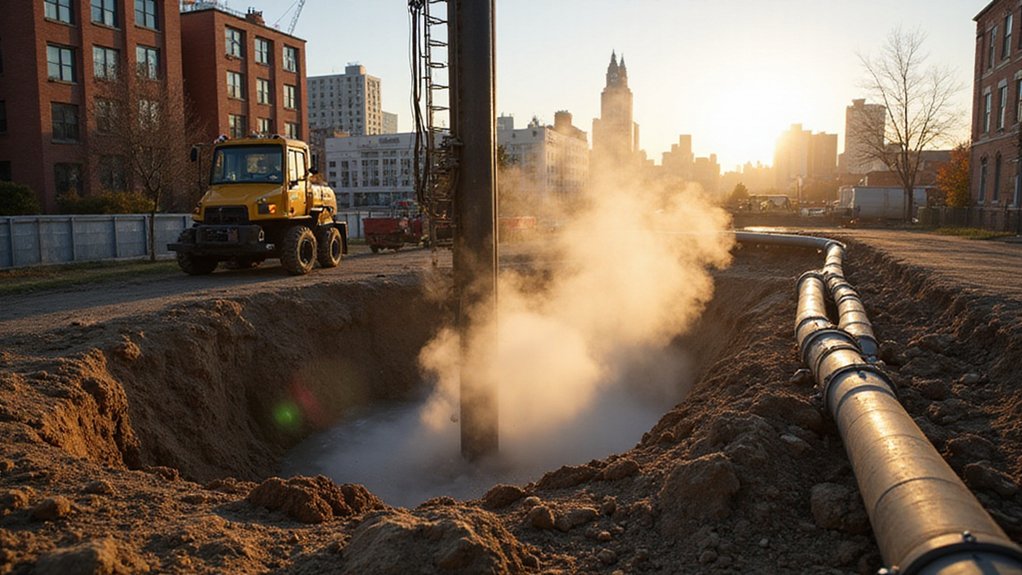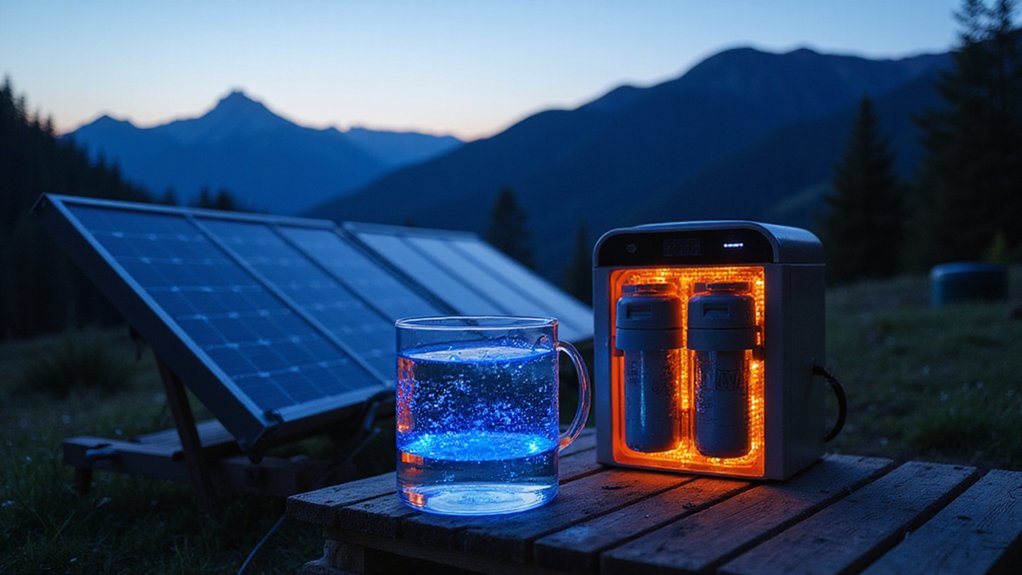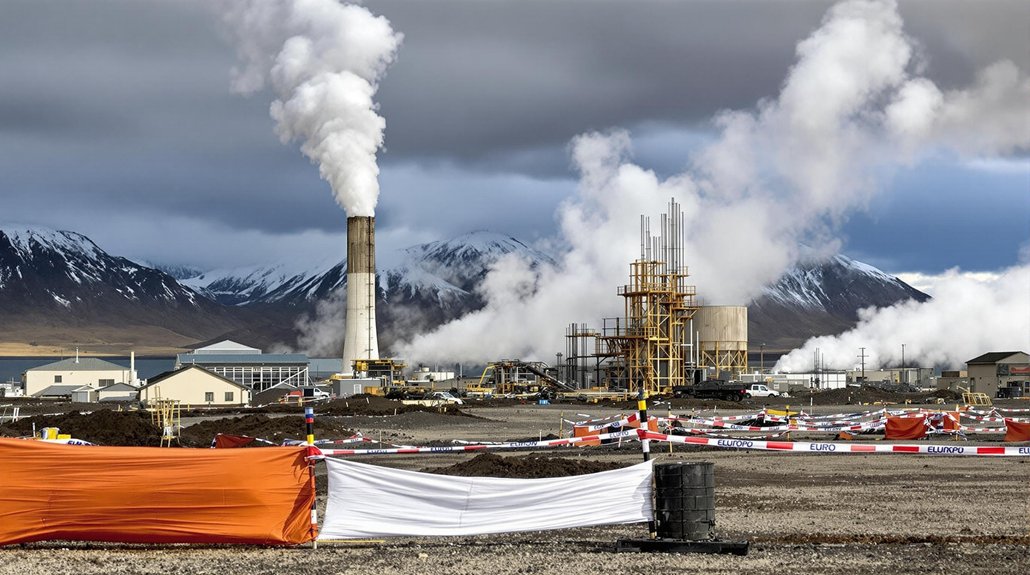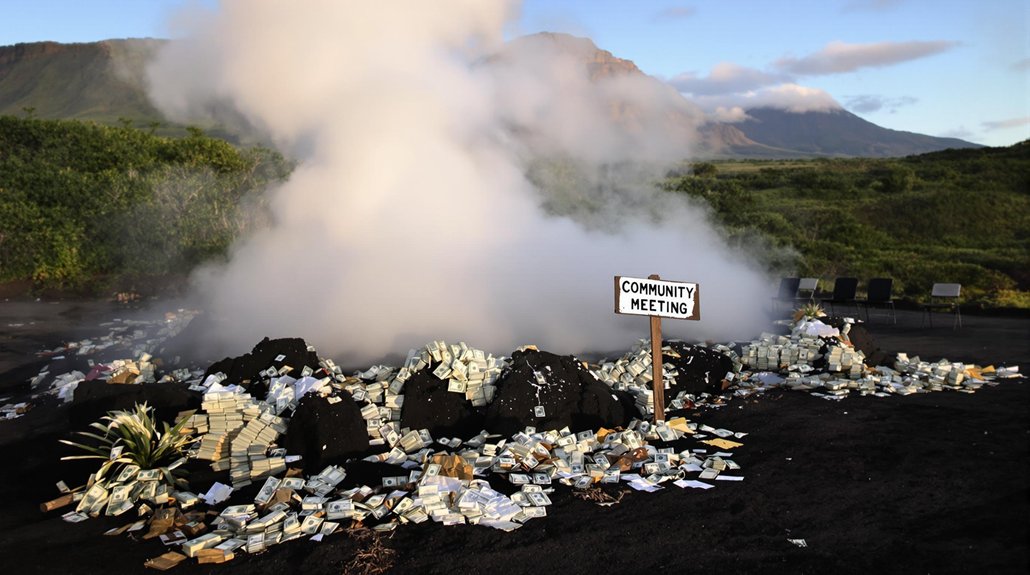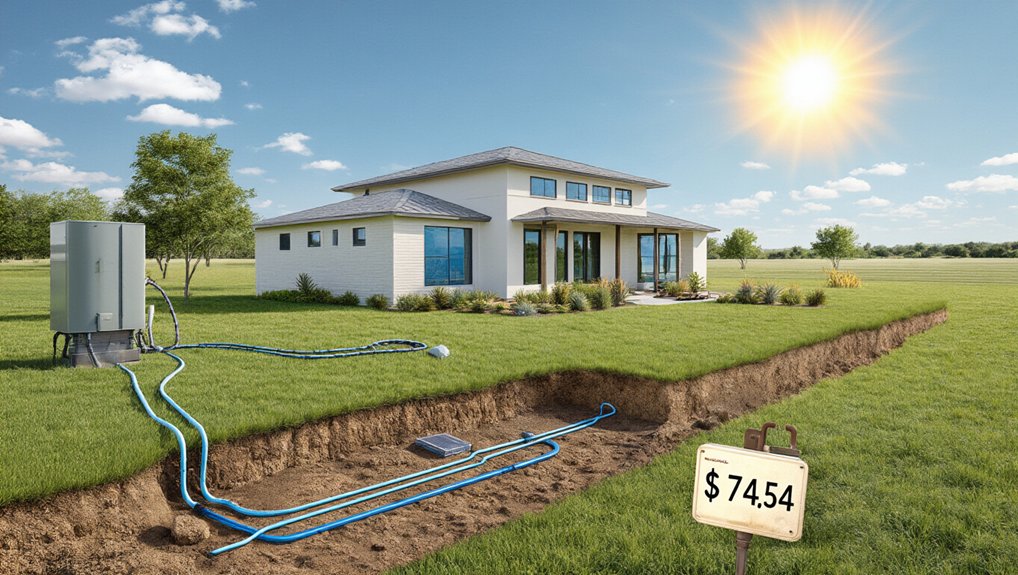While much of New York fixates on its iconic skyline, a quieter transformation is happening beneath Brooklyn’s streets and inside its buildings. Geothermal energy systems—essentially tapping heat from under our feet—are making inroads in unexpected places.
Two major Brooklyn buildings, 1515 Surf Ave in Coney Island and the Riverie in Greenpoint, have already ditched fossil fuels. Yeah, that’s right. No more gas-fired equipment. Just the planet’s natural warmth doing the heavy lifting.
Brooklyn’s building revolution isn’t waiting. No gas. No fossil fuels. Just Earth’s own heat powering our future.
Co-op and condo boards across the borough aren’t waiting around either. They’re installing air-source heat pumps faster than you can say “Local Law 97 compliance.” Why? Because nobody wants those carbon penalties. Simple as that.
Meanwhile, Con Edison isn’t just sitting pretty. They’re constructing a massive transmission substation in Vinegar Hill alongside the East River. Once completed, this clean energy hub will handle up to 1,500 megawatts—enough juice for 750,000 homes. Not too shabby. Plus, it creates over 500 union jobs. Win-win.
The Brooklyn Navy Yard has transformed into an innovation hotspot, leasing space to clean energy companies and launching green accelerator programs. These aren’t just feel-good initiatives. They’re creating actual jobs. Real economic opportunities.
Offshore wind is coming too. Empire Wind 1 is building a 73-acre facility on Brooklyn’s waterfront, with plans for 54 wind turbines about 20 miles off the coast. Local groups like UPROSE are all in, seeing potential for communities that have historically gotten the short end of the environmental stick.
Sure, there’s uncertainty. The political pendulum swings dramatically between administrations, affecting grants and tax breaks vital to these projects. Trump-era policies created headwinds for offshore wind development.
But Brooklyn’s underground energy transformation isn’t waiting for perfect conditions. Between geothermal adoption, the clean energy hub, and offshore wind infrastructure, the borough is digging deep—literally—to reshape its energy future. Battery storage advancements are rapidly becoming integral to these renewable projects. These systems tap into the earth’s consistent underground temperature of 50-60 degrees for efficient heating and cooling throughout the year. The 1 Java Street project demonstrates the scale of commitment with its impressive 321 boreholes drilled to depths of 500 feet. No skyline required.
References
- https://www.cityandstateny.com/power-lists/2025/04/2025-trailblazers-clean-energy/404554/?oref=csny-homepage-river
- https://www.habitatmag.com/Publication-Content/Green-Ideas/2025/March-2025/new-yorkers-embrace-geothermal
- https://www.nypa.gov/-/media/nypa/documents/document-library/renewables/nypa-renewables-2025-strategic-plan.pdf
- https://www.canarymedia.com/articles/offshore-wind/trump-empire-brooklyn-jobs-terminal
- https://www.coned.com/en/about-us/media-center/news/2023/09-12/con-edison-breaks-ground-on-brooklyn-clean-energy-hub
